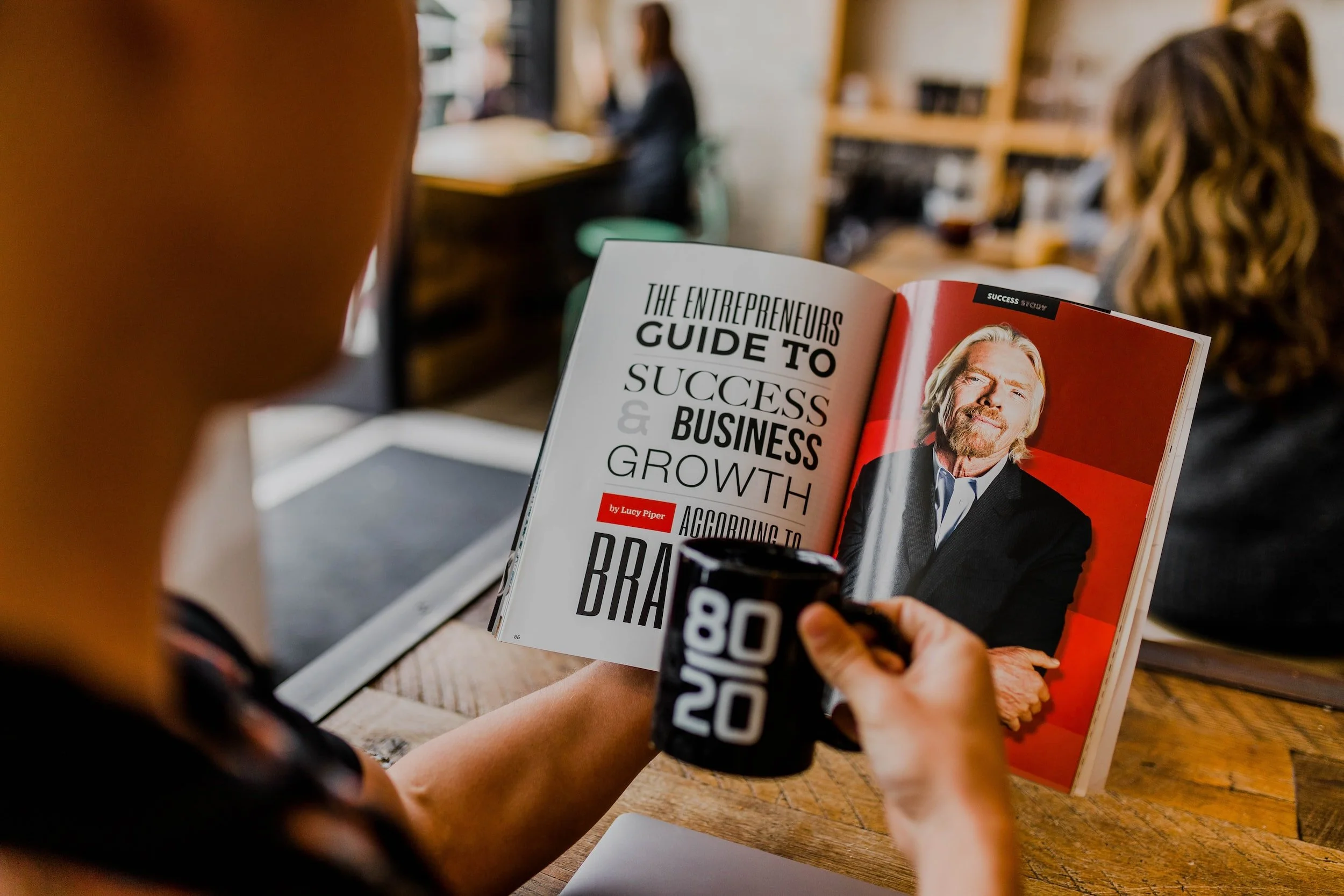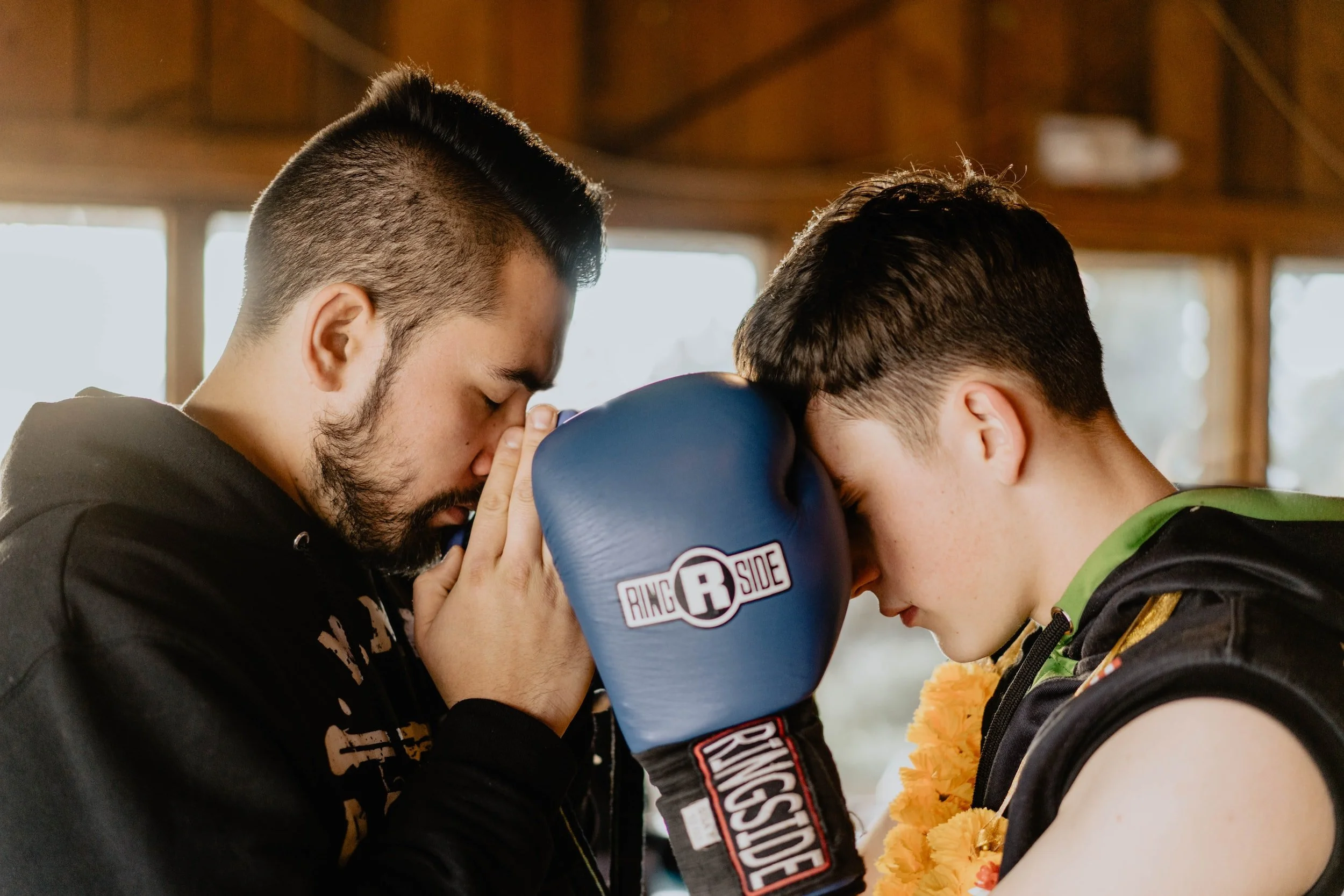Professional Coaching - what it is & what it is not.
Written by Joanne Lemmex
Sometimes it’s helpful to understand coaching by distinguishing it from the other personal or organizational support professions[1].
Coaching is a process of helping people set goals, create outcomes, and manage personal growth.
Professional coaches support personal and professional development based on self-initiated change in pursuit of specific actionable outcomes.
Coaching is future-focused, and the coaching relationship emphasizes action, accountability, and follow-through.
Pure coaching does not include advising or counselling, and focuses instead on individuals or groups setting and reaching their own objectives.
Mentoring may follow a coaching process, but unlike a coach, a mentor has permission to provide advice and guidance based on their experience. This service is helpful if a client has clear goals and objectives but requires help developing action plans that would benefit from the insights and experience that others can provide. .
Training is the process of improving an individual or group’s ability to do something. A successful training program will see an instructional designer partner with subject matter experts to develop learning objectives and content needed to close identified knowledge and skill gaps.
Instructional designers may use coaching skills to facilitate discussions with subject matter experts. However, unlike coaching clients, training clients require the delivery of a product: a course design or curriculum.
In coaching there is no product to deliver.
Consulting is the process of providing independent, professional advisory services that assists managers and organizations achieve organizational purposes and objectives; solve management and business problems; identify and seize new opportunities; enhance learning; and, plan for and implement changes.[2]
Unlike consultants, coaches do not diagnose, prescribe, offer advice, or create products.
A coach may help by facilitating supportive, discovery-based approaches and frameworks, but ultimately the assumption is that individuals or teams are capable of generating their own solutions or products.
Athletic Coaching is a specific field of coaching that focuses on development in sport.
An athletic coach helps athletes set personal goals. They create a safe and inclusive environment so athletes can be open and honest about their abilities and dreams. They help athletes uncover their hidden potential and perform at their peak level. They support risk taking and encourage behaviour change.[3]
Where they differ from a professional coach is in their specialization. Athletic coaches are experts at helping athletes gain the mental and physical abilities needed to attain a sport related goal. This requires them to understand sport, the human body and mind; to evaluate individual performance; to identify problems/weaknesses, and then guide, direct, teach and/or advise individuals or teams on specific behaviour modifications needed to improve their performance.
In short, athletic coaches pull on the skills of professional coaches, mentors, trainers and even consultants.
Counselling/Therapy is a process of helping people identify and relieve mental and emotional distress. Counsellors and therapists focus on why someone acts or feels the way they do and how their history impacts on their ability to cope with current tasks or relationships.
Once a counsellor or therapist uncovers the cause of an individual’s emotional dysfunction, they utilizes techniques and tools designed to heal pain, dysfunction and conflict.
Like coaches, counsellors and therapists help clients deal with the present in more emotionally healthy ways.
Unlike coaches, they use their specialized expertise to chip away at psychological issues limiting a client’s ability to enjoy the present or move forward.
Coaches focus on the future. They help client’s clarify what moving forward means to them; identify opportunities afforded by their current strengths and capabilities; and, set action plans to attain results.
Share with:
[1] Excerpts and inspiration taken from the International Coach Federation’s (ICF) article: Unlock your Potential.
[2] Excerpts and inspiration taken from the Certified Management Consulting (CMC) Canada’s website: About the Profession.
[3] Inspiration taken from the Coaching Association of Canada’s website: Coaching as a profession







